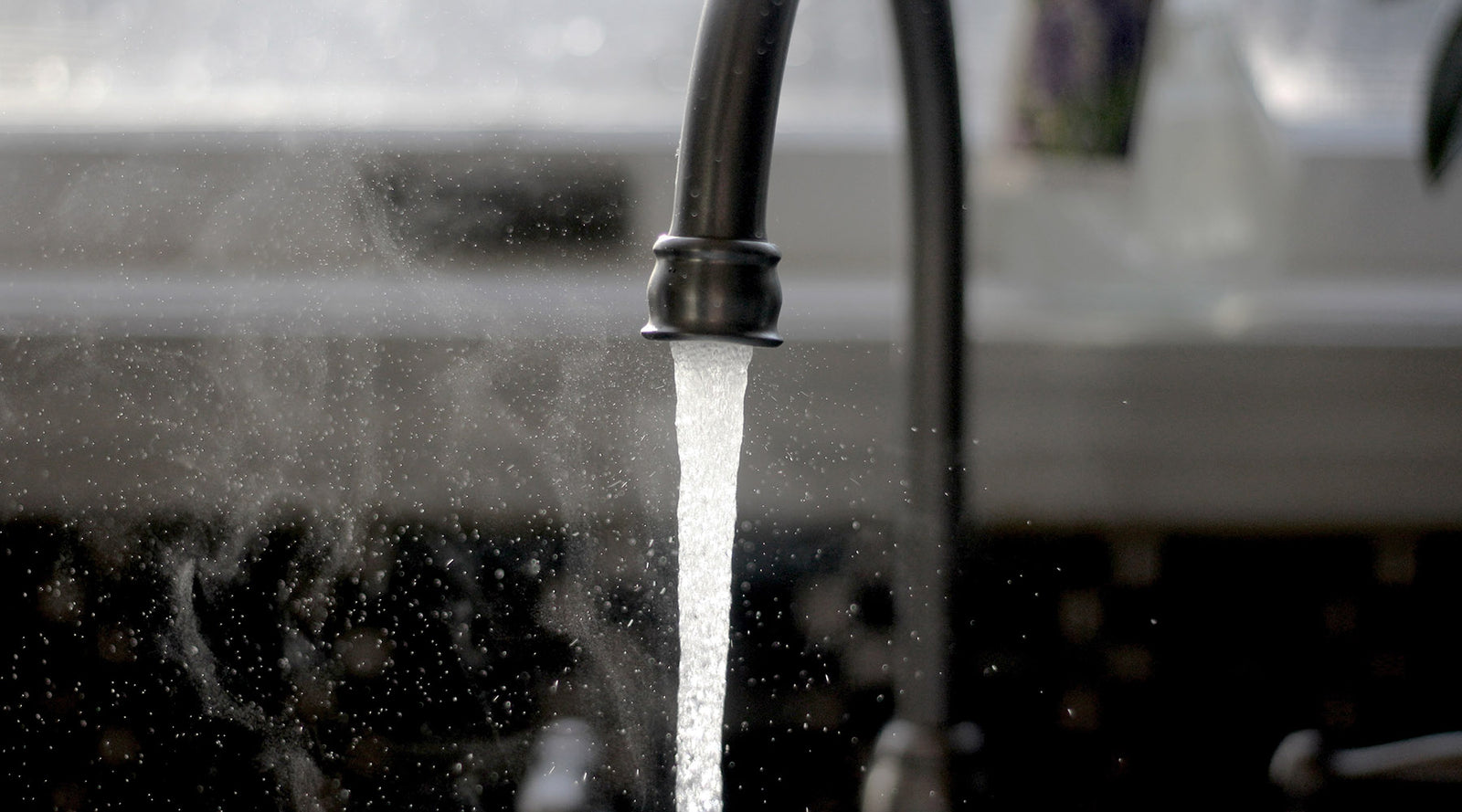
TDS: Total Dissolved Solids
What makes up the TDS value matters infinitely more important than the value itself. 100pm of Calcium in water is relatively harmless, 3ppm of copper will kill most aquatic life. Dosing fertilizers in a planted tank will naturally raise the TDS value; in their simple elemental forms most fertilizers are non-toxic to livestock unless over-dosed greatly.
The main ones to watch out for are root tabs that contains large amounts of ammonia (e.g. osmocote+), or fertilizers that are very heavy in copper (usually only a case when DIY users use terrestrial fertilizers that are not made for aquarium use).
Organic waste also raises TDS; unlike what most aquarists think, organic waste doesn’t transform magically into just ammonia. Breakdown of organic waste goes through intermediate stages that releases carbohydrates, lipids, proteins, nucleic acids into the water column. Having a good bacterial cycle quickly decomposes these into simpler elements. High levels of undigested organic waste trigger algae blooms. Organic waste comes from livestock and deteriorating plants (either plants not growing well, or old growth), an easy way to get rid of this is by doing regular water changes.
GH: General hardness
Despite its fancy name, it just measures the amount of Ca/Mg ions in the water (and other divalent cations). Calcium is present in most tap water. However, magnesium is often over-looked. Most plants are tolerant over a wide range of GH unlike KH. Important to have about 4dGH if keeping shrimp.
KH: Carbonate Hardness
Carbonate hardness/alkalinity – measures water’s buffering capacity; the higher the KH, the higher the pH in absence of other chemicals in the water, and the more resistant the water is to downward fluctuations when an acid is added. Pure water with 0 KH will have a pH of 7. Affects fish/plant osmoregulation and this variable should be kept stable.
When people say that some plants prefer softwater, it actually refers to low KH/low alkalinity water, not low GH water per se. Picky species can be kept fine if the KH was low, but GH high. GH and KH can be adjusted/influenced separately, though the common compound that affects both at the same time; limestone (CaCO3) is what most commonly causes hardwater (limestone causes an increase in both GH and KH at the same time). Raising the GH without raising the KH can be done using calcium/magnesium sulphate; CaSO4 and MgSO4. Raising KH without raising GH can be done using potassium carbonate K2CO3.
pH
How acidic or alkaline the water is.
pH fluctuations from CO2 does not harm fish (even though high levels of CO2 can). This is because CO2 is not a salt, and it is the changes in salt concentrations in water that impact osmotic functions of livestock. pH fluctuations because of KH flux can kill livestock; this is not connected to the change in acidity, but change in salt concentrations that impact osmotic functions.
However, extreme values of pH (high or low) can affect livestock. A normal range of value would be between a pH of 6.0 to 8.0. For most tanks pH values do not fluctuate to a point of being harmful as long as the KH is kept stable.
Livestock from regions of higher or lower pH levels can be more suited to the outliers on this range i.e. fish from acid peat swamps may do well in pH as low as 4.0, while many cichlids from alkaline water lakes are comfortable in higher pH ranges. If keeping fishes that are less tolerant to low pH; buffering the water to have higher KH levels (3 dKH), will prevent pH levels from dropping too low due to CO2 injection. For most tanks, having 2-3dKH of alkalinity in more than adequate to prevent water from becoming overly acidic such that it affects livestock.
For beginners who would like to learn more the respective water parameters, please see the link here.